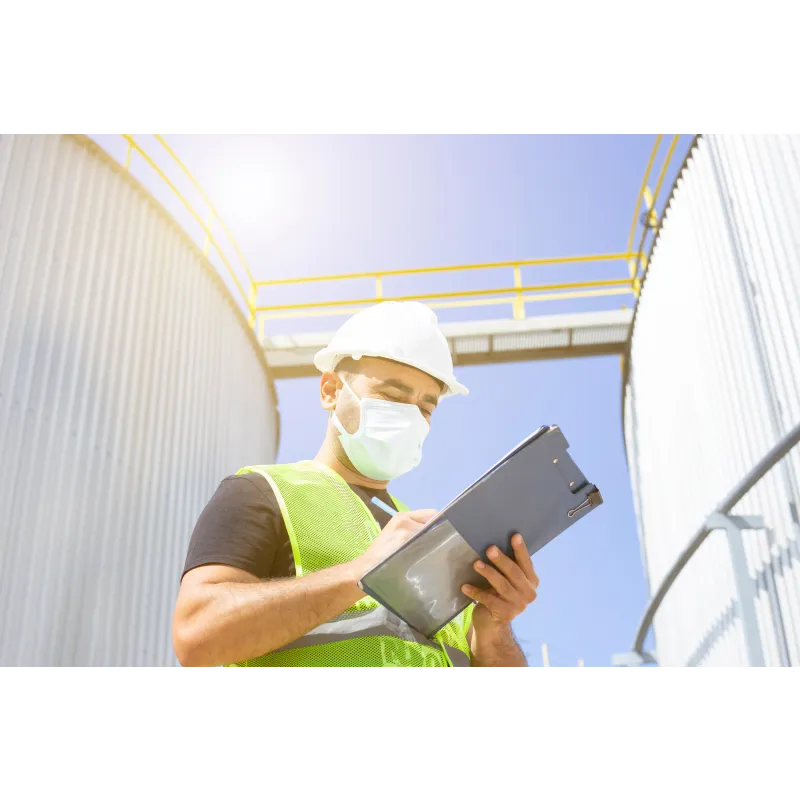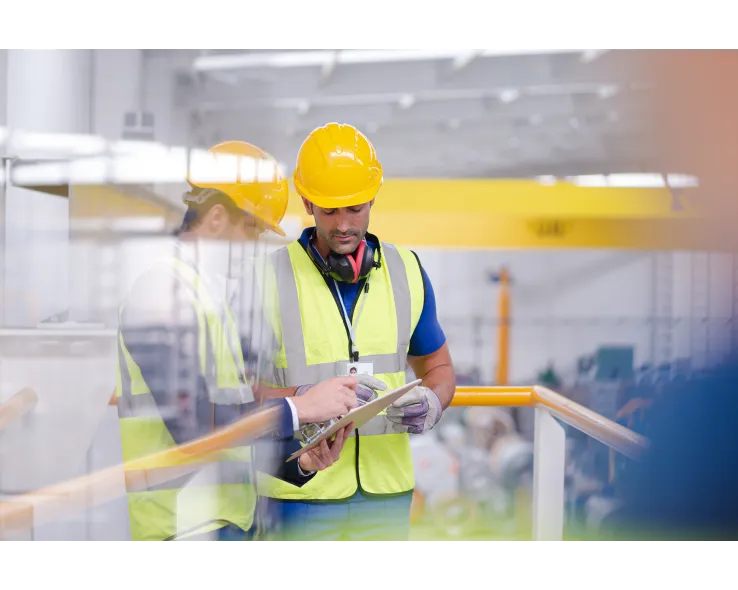

An important part of occupational health is how work and the work environment can impact workers' health. As an employer, you must make sure workers’ health is not impacted by their work.
Health surveillance is a scheme of repeated health checks which are used to identify ill health caused by work. Health and safety law requires health surveillance when your workers remain exposed to health risks even after you have put controls in place.
This is because control measures may not always be reliable, despite appropriate checking, training and maintenance. Health risks which require health surveillance include noise, vibration and substances hazardous to health.
We provide a range of surveillance services designed to address industry-specific risks:

Detects early signs of hearing loss in noisy environments.

Monitors respiratory function for workers exposed to dust or chemicals.

Checks for vision-related issues in roles requiring acute sight.

Detects exposure to harmful chemicals, lead, or radiation.

Detects early signs of work-related skin conditions.

Identifies strain or injury from repetitive or physically demanding tasks.

Monitors workers who use vibrating tools, preventing long-term damage to the hands and arms.

For night workers, those working in confined spaces, or at height, we offer tailored assessments to monitor health risks in these environments.

Ensures that respiratory protective equipment is properly fitted to prevent inhalation of harmful substances
When your health surveillance is concluded, you must get feedback from the occupational health professional who carried it out. Until you have received this feedback your health surveillance is not complete.
Feedback should include advice on fitness for tasks with the relevant exposure(s) and when further health surveillance is required for each worker undergoing health surveillance. You should enter this information into the individual health records that you must keep.
You must act on the results to protect workers where health surveillance shows they have work-related ill health. If further investigation is required, this should be done in a timely manner in discussion with the occupational health professional.

As an employer, you should have an ongoing health surveillance scheme if:
Valid techniques are those that are precise enough to detect something wrong that could be caused by exposure to a health risk; and which are safe and practicable to conduct.

As an employer, you should put an ongoing health surveillance scheme in place where your risk assessment shows it is necessary. When setting this up, you should:
You may also need to:

Don’t let health risks go unchecked. Ensure your employees’ safety and compliance with tailored health surveillance services from Objective Health.
